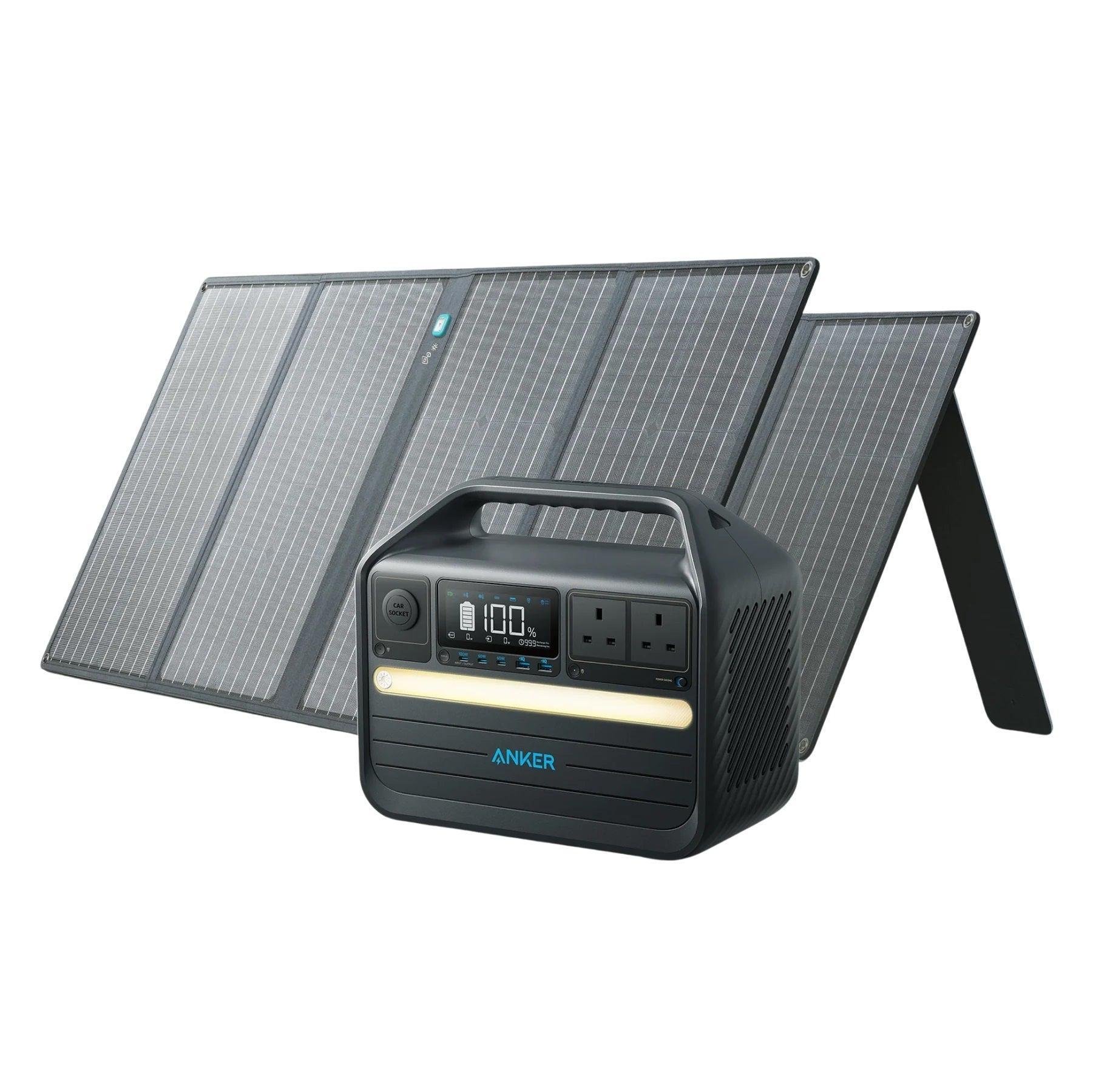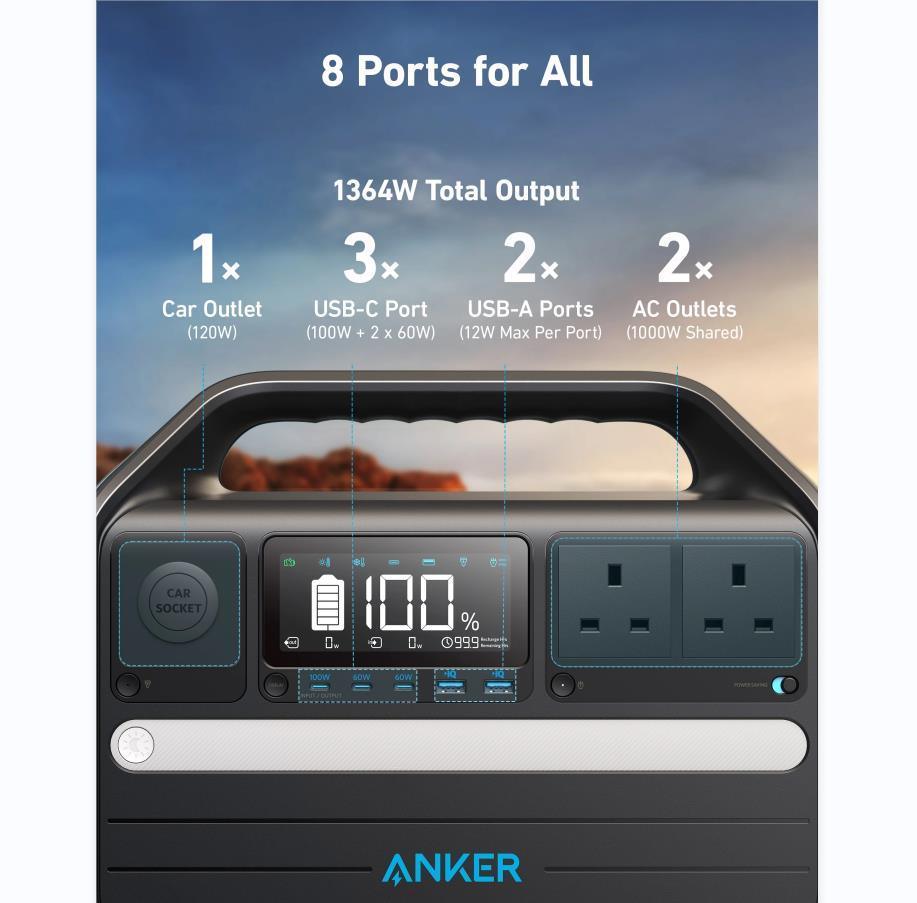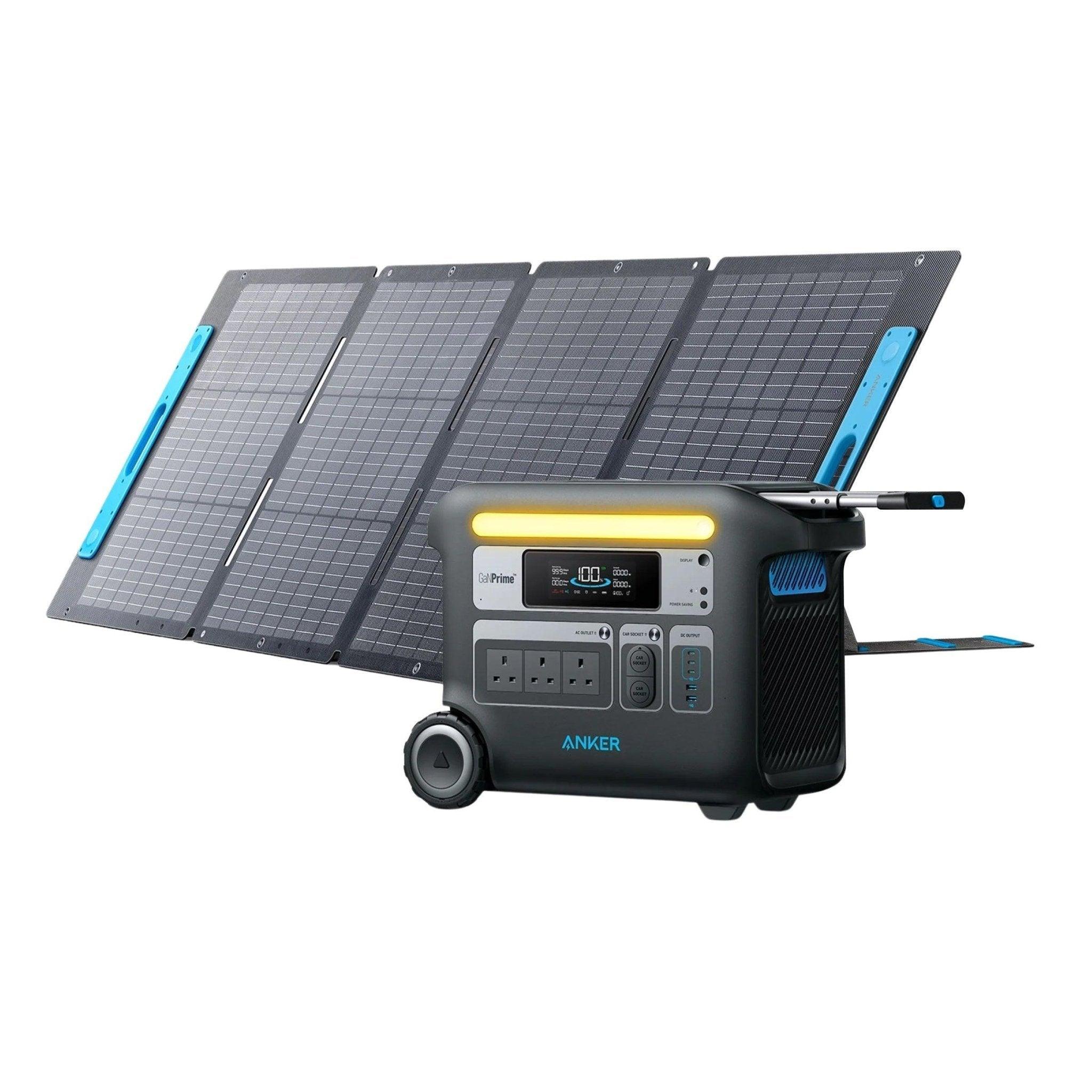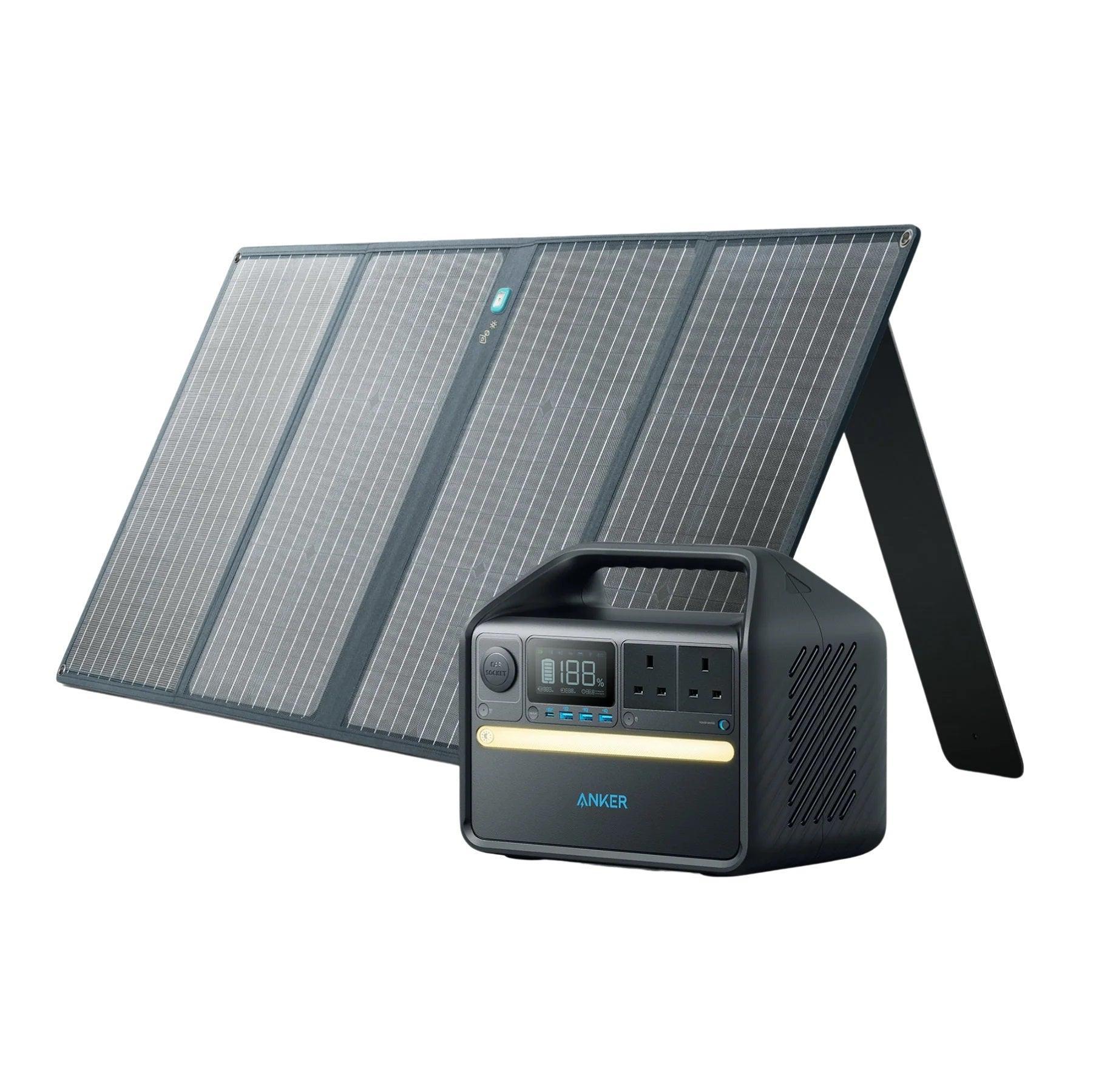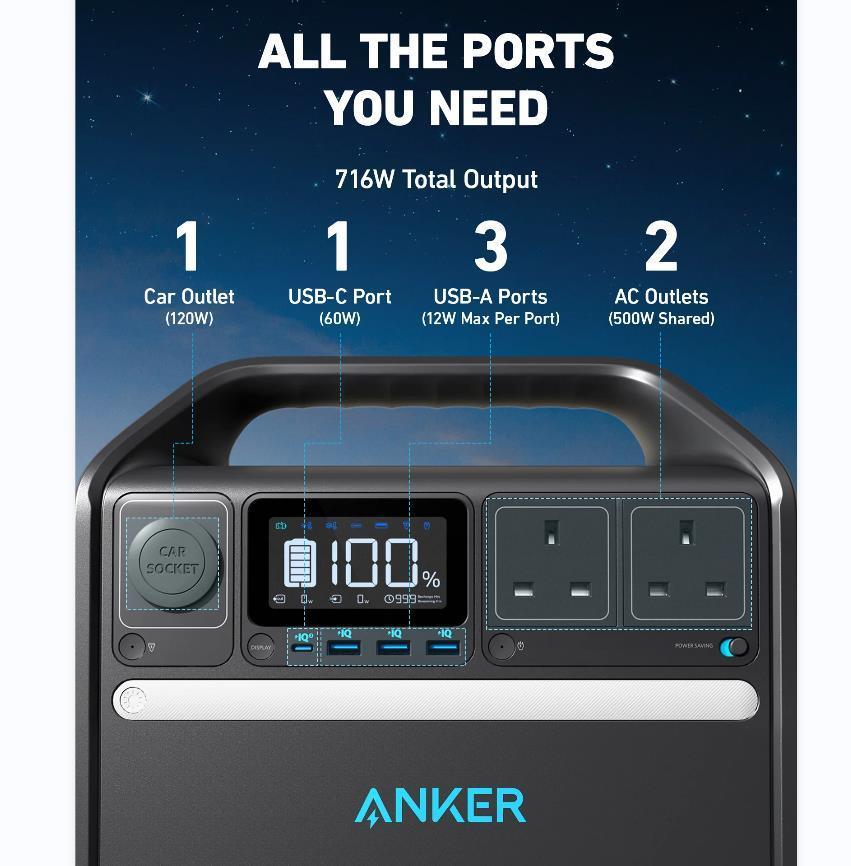Are you wondering how many watts does a TV use per hour? With the rise in electricity prices, it's more important than ever to understand both how much energy a television utilizes and what options are available to reduce power consumption and save money. In this blog post, we will answer the question “How much electricity does a TV use” as well as provide tips about how to reduce electricity usage from televisions, and discuss the best solar generator for your television set. Armed with this information you can make better choices around the type of energy efficient electronics that work best for your home or business. Read on for more information!

How Many Watts Does a TV Use?

TVs come in various sizes, from compact 32-inch models to expansive screens exceeding 65 inches, understanding TV wattage consumption is essential for both energy efficiency and managing electricity costs. Let's delve into the power consumption details for how many watts does a 32 inch TV use, a 55 inch TV use, a 65 inch TV use:
32-Inch TV
A 32-inch TV is commonly found in bedrooms, kitchens, or small living spaces. On average, a 32-inch LED or OLED TV consumes approximately 40 to 55 watts during operation. These TV models, with LED and OLED technologies, exhibit significantly lower power consumption compared to older LCD models which consume around 70 watts, making them an energy-efficient choice for smaller rooms.
55-Inch TV
A 55-inch TV is a popular choice for many households, offering a balance between screen size and power consumption. A typical LED or OLED 55-inch TV consumes around 70 to 150 watts when in use. Again, the use of LED and OLED technologies contributes to their energy efficiency compared to conventional LCD TVs.
65-Inch TV
As TVs grow larger, their power consumption tends to increase as well. A 65-inch TV, often chosen for home theaters or larger living rooms, consumes approximately 100 to 200 watts. This wattage range takes into account the power-saving benefits of LED and OLED technologies over traditional LCD displays.
75-Inche TV and Beyond
For TVs exceeding 65 inches, such as those in the 75-inch and above range, power consumption can escalate further due to their expansive display areas. The wattage for such TVs can range from 150 to 300 watts or even higher, depending on technology and usage.
It's crucial to acknowledge the advancements in LED and OLED technologies that have led to reduced power consumption in modern televisions. These technologies allow consumers to enjoy larger screens without compromising energy efficiency.
Factors That Affect TV Wattage

When it comes to the power consumption of televisions, various factors come into play, influencing how many watts does a led tv use during its operation:
Size of the TV:
The size of the TV screen has a direct impact on its power consumption. Larger screens require more energy to illuminate and display content. As screen size increases, so does the need for additional backlighting and processing power, resulting in higher wattage consumption.
Type of TV:
Different types of TV technologies have varying power consumption levels. For instance, LED and OLED TVs generally consume less power compared to older LCD and plasma TVs. LED and OLED TVs are designed to be more energy-efficient, utilizing light-emitting diodes that require less power to achieve bright and vivid displays.
Display Resolution:
TVs with higher display resolutions demand more processing power and backlight intensity to deliver sharper images. For example, 4K and 8K TVs have four and eight times the number of pixels as standard HD TVs, respectively. This higher pixel density necessitates additional power, contributing to increased wattage consumption.
Brightness and Picture Settings:
Brightness settings and picture modes also impact power consumption. Higher brightness levels require more energy to generate vibrant images, especially in well-lit environments. Similarly, certain picture modes, like vivid or dynamic, can lead to increased power usage by enhancing contrast and color saturation.
Refresh Rate:
The refresh rate of a TV indicates how many frames per second it can display. TVs with higher refresh rates, such as 120Hz or 240Hz, require more frequent updates of the screen's content. While higher refresh rates can provide smoother motion, they also consume more power due to the increased processing demands.
5 Tips for Reducing TV Energy Consumptions

Adopting a few simple practices can help you enjoy your favorite shows while minimizing your environmental impact and energy bills. Here are five effective tips for reducing TV energy consumption without compromising on quality:
- Adjust Brightness and Picture Settings: Lowering the brightness and choosing energy-saving picture modes can significantly reduce power usage without sacrificing image quality.
- Enable Energy-Saving Modes: Many modern TVs offer energy-saving modes that automatically adjust settings to minimize power consumption when the TV is idle.
- Turn Off Background Features: Disable unused features like motion interpolation, smart TV functions, and automatic content recognition to save energy.
- Use Timers and Auto-Shutdown: Set timers to automatically turn off the TV when not in use. Some TVs also have auto-shutdown features that activate after a period of inactivity.
- Unplug When Not in Use: Standby power consumption can still occur when a TV is turned off but remains plugged in. Unplugging the TV or using a smart power strip can prevent this.
Best Solar Generator for TV
When aiming to power your TV using renewable energy, a solar generator offers a sustainable solution. Here are 3 best solar generators for your TV power requirements:
1. Anker 757 Solar Generator with two 100W Solar Panels

With exceptional power and portability, Anker 757 Solar Generator has a robust 1229Wh capacity and advanced LFP (LiFePO4) battery, it's your reliable energy source for your TV. The included dual 100W solar panels enable efficient recharging under sunlight, maximizing your independence from traditional power sources. Boasting a 2400W AC power surge capability and accommodating up to 9 charging ports, this generator ensures your devices stay powered wherever you go.
2. EcoFlow Solar Generator DELTA Pro with 400W Rigid Solar Panel

EcoFlow Solar Generator DELTA Pro paired with a potent 400W Rigid Solar Panel. With an abundant 3600Wh battery capacity and a robust 7200W surge power capability, it's ready to tackle any energy demand. The 1600W max solar input, combined with the high-efficiency panel, ensures rapid recharging. Equipped with 2 USB-A ports and 2 USB-C ports, this versatile generator caters to various device needs.
3. BLUETTI Solar Generator Kit for Home EP500 with Three PV200

BLUETTI Solar Generator Kit for Home EP500 has an impressive 5100Wh battery capacity, this kit ensures prolonged power during outages. Three high-performance PV200 solar panels, each offering 200W power, efficiently recharge the generator. Featuring 1 USB-C port, 4 USB-A ports, and a generous 5-year warranty, it guarantees versatile charging and lasting peace of mind. The EP500 kit is your TV’s reliable energy source, empowering your home with clean, sustainable power.
When selecting a solar generator with solar panels for your TV, consider the TV's power requirements, the generator's battery capacity, and the available output options. Each of these solar generators not only can be used as a portable power station but also offers large power output to cater to different needs, allowing you to enjoy your TV while reducing your carbon footprint.
Conclusion
Understanding how many watts per hour does a tv use and the factors influencing its power consumption empowers us to make informed decisions about energy usage. By implementing energy-saving tips and exploring alternative power sources like solar generators, we can contribute to a more sustainable future while enjoying our favorite entertainment.

